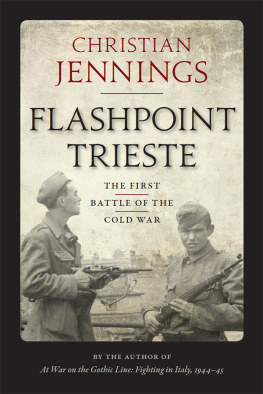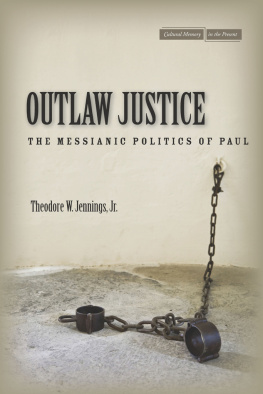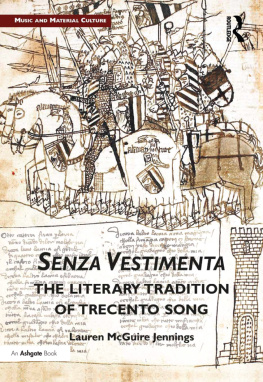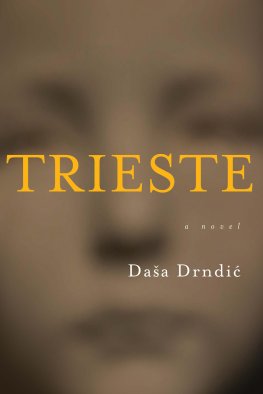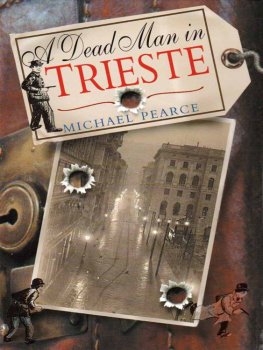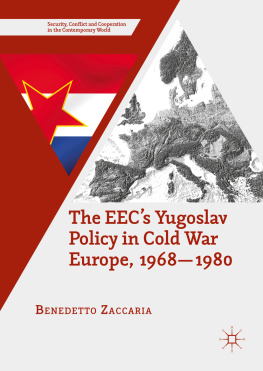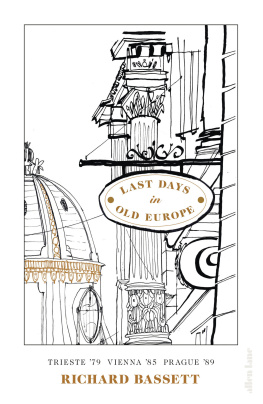
APPENDIX
Science Finds the Evidence
SLOVENIA AND CROATIA AND TRIESTE AUTUMN 2016
Barbara Rov, or the Barbara Pit, is an old deserted mine working near the village of Huda Jama. It lies in the midst of a huge forest of beech, pine and oak trees in northern Slovenia. It is about thirty miles south-east of the Austrian border town of Bleiburg. Local people had long suspected that it was the site of a secret mass grave from the World War II era. But nobody had ever done excavations, so the lost, ghostly and disused mine shaft was left deserted. Proper investigations of the Barbara Pit site only began in August 2008. And it turned out that whoever had buried and hidden the bodies that were found there had taken a huge amount of trouble and effort to conceal them. Forensic exhumations often require very large amounts of digging before any evidence of hidden human remains can be found. So it was at Huda Jama. It took the excavators eight months to remove 4,300 square feet of rock. They then found themselves up against another obstacle put in place to prevent the bodies being found. Eleven reinforced concrete partition walls, each three feet thick. They laboriously demolished them. Beyond these they found the first bodies, white, covered in decades-old lime. There were 427 of them. Who had put them there? How old were they? What condition were the corpses in?
One important thing the forensic investigators were looking at in the mineshaft was the extent to which the bodies had decomposed. Decomposition is slowed, or sometimes halted altogether, if very little oxygen is available. And this had happened at the mine shaft in Slovenia. The bodies at Huda Jama were well-preserved, almost mummified, and the forensic investigators also discovered that the bodies were naked. Some of them were female. So they dug a further sixteen feet into the shaft, and found another 346 corpses. At this point the Slovenian government, reportedly intensely nervous and sensitive about what was being discovered, temporarily halted work. They also reportedly put a temporary halt to any further documentation of mass graves in all of Slovenia, which was being carried out by the countrys own national Commission on Concealed Mass Graves in Slovenia.
Of the bodies found, 726 of them had been exhumed by the end of the first week in September 2009. Estimates were that the Huda Jama site was one of just dozens, if not hundreds of mass graves spread around Slovenia. So whose were the bodies? And who had put them there? And more than seventy years on from World War II, why was the government so nervous? Partly because the truth that was beginning to emerge with the bodies was the truth about who had killed whom, in and just after World War II. Whose grandparents or great-uncles or parents had fought with Tito? Whose relatives had actually secretly fought with the Ustashe or Chetniks? Forensic exhumations and DNA identifications tend to bring out secrets that not everybody wants to see exposed to the truthful light of day. Croatia and Slovenia are both countries still coming to terms with missing persons and the reality of war from 199195. Suddenly World War II has turned up as well, bigger, larger, badder, older, wanting to be listened to. Not everybody is ready for it.
The Commission on Concealed Mass Graves in Slovenia estimated that there could be upwards of 2,500 bodies in the Huda Jama mine. They said that most of the victims were believed to be Croat and Slovene soldiers, partisans and civilians who had collaborated or were thought to have collaborated with the Nazis and were executed, often without trial. The wartime mass graves commission had registered some 700 possible grave sites in which some 15,000 people were also believed to be buried. Before exhumations were temporarily halted, the first bodies that had been found and exhumed from Huda Jama were transferred to a memorial centre at Dobrova, west of Ljubljana. Then experts would try to use DNA to identify them. Once and if identified, the human remains would be returned to any living relatives for burial.
The Slovenian Research Centre for National Reconciliation then stated that according to eyewitness accounts from World War II, the victims were mostly German soldiers, Croatian and Slovenian militias, and that they had probably been killed by the Yugoslav Army and partisans between May and September 1945. Other Slovenian investigators believed the bodies could be those of prisoners brought to the Huda Jama site from the Slovenian partisan concentration camp at Teharje. The camp, and the sites of several mass graves near Huda Jama, are in close proximity to the Austrian border, and the town of Bleiburg. When the huge column of fleeing Croats, Serbs, Germans and Slovenian and Croatian Home Guard militias surrendered at Bleiburg in May 1945, some of them were detained in the Teharje camp. The Germans had operated a prison camp during the war in that town south of the Austrian frontier. The Yugoslav communist partisans and soldiers reactivated it at the end of May 1945. Four thousand of their prisoners were brought there between 31 May and 7 June alone. Five thousand internees who passed through the camp between May and July were estimated to have been killed.
The Slovenian Ministry of Justice provided further details at the European Public Hearing on Crimes Committed by Totalitarian Regimes:
A certain number of internees from the Teharje concentration camp were killed in its immediate vicinity, but the majority was killed in the neighbourhood of Stari Hrastnik, Trbovlje, and Lako. Many were killed there and thrown into mine pits, while some were thrown into deserted
On 9 March 2009, the Croatian Deputy Prime Minister, Jadranka Kosor, and her interior minister visited the site at Huda Jama. On the 10th, Croatias then-Prime Minister Ivo Sanader called for a joint CroatianSlovenian investigation into the grave there. Montenegro joined in: they wanted to sign an international agreement with Slovenia to help facilitate the exhumation of Montenegrin victims of the war. This was sensitive territory. It was not surprising. These exhumations, and DNA identifications, were the past coming back to haunt Slovenia and Croatia. Hardly had both countries ironed out their respective histories, their respective dead, their respective missing persons from the wars of the nineties, than inconvenient and shameful history from the more distant past was banging on the countrys doors again, demanding to be heard, demanding to be let in.
In October 2016, the Slovenian President Borut Pahor attended a memorial and burial ceremony for some of the dead from Huda Jama. He said at the ceremony:
During the Second World War, in the middle of the previous century, when Slovenians were being killed by foreigners, Slovenians also killed each other. The national liberation war against the occupier was a time of communist against anti-communist civil strife as well. The fighting did not end with the war. In the aftermath of the war, the defeated continued to be the victims of killings. We still find it difficult to unravel all the mysteries surrounding human beings, who since time immemorial have been capable of performing the noblest of deeds and the most horrific atrocities. We recognise the historical, political and moral mistakes that must not ever be made again, irrespective of our different political, religious, or other beliefs.
DNA BRINGS THE TRUTH
Since the 1970s, thousands of people have gone missing from conflicts and human rights abuses in countries such as Bosnia, Iraq, Chile, Kosovo and El Salvador. Before the advent of mass DNA testing in 2000, human remains were mostly identified through artefacts found with the dead. Dentures, blood-stained clothing, documents and fingerprints the stark, mundane memorabilia of violent human demise. The problem was that this method was flawed. DNA was the only reliable way forward.
Next page
